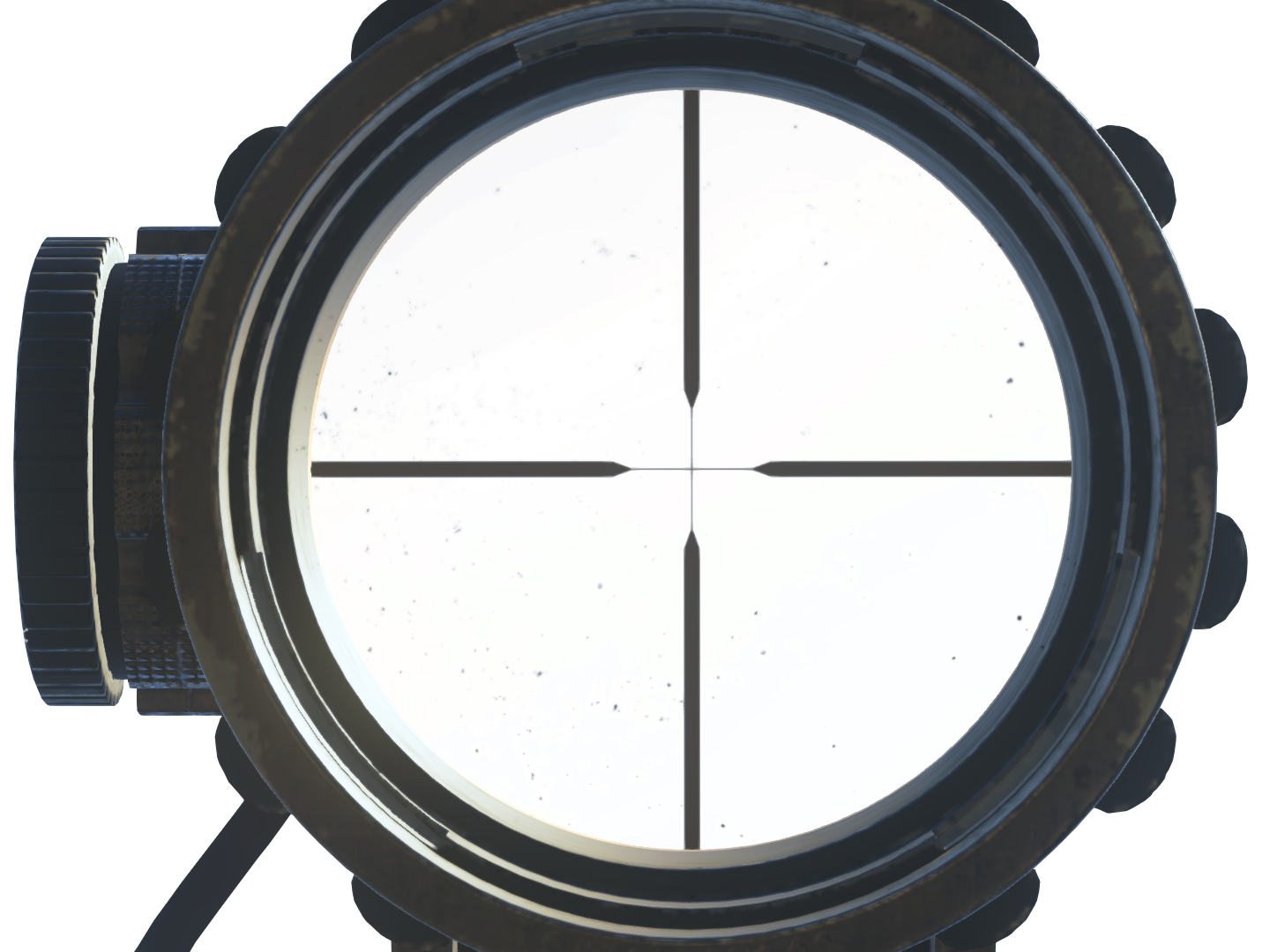The landscape of oncological treatment is continuously evolving, particularly in a nation as populous and diverse as India. As the incidence of cancer escalates, the need for accessible and effective treatment modalities has never been more pronounced. Among the various treatment paradigms available, radiotherapy stands out due to its ability to target malignant cells with precision while sparing adjacent healthy tissue. This article elucidates the expansive scope of radiotherapy in India, highlighting its technological advancements, treatment modalities, applications, and the challenges that lie ahead.
Radiotherapy, defined as the therapeutic use of ionizing radiation, has seen substantial developments over the past decades. Utilizing high-energy photons or particles, it aims to destroy cancer cells or inhibit their proliferation. The primary modalities include external beam radiation therapy (EBRT), brachytherapy, and systemic radiation therapy, each tailored to specific oncological requirements. Their deployment varies based on the type of cancer, its stage, and the patient’s overall health.
External Beam Radiation Therapy (EBRT)
External Beam Radiation Therapy is the most prevalent form of radiotherapy utilized in India. It involves the delivery of targeted radiation from outside the body, directed at the tumor site. Modern advancements have ushered in sophisticated techniques such as Intensity-Modulated Radiation Therapy (IMRT), Volumetric Modulated Arc Therapy (VMAT), and Stereotactic Body Radiotherapy (SBRT). Each of these techniques offers enhanced precision through intricate mathematical algorithms, which map tumor size and location in three dimensions.
The incorporation of imaging technologies such as Computed Tomography (CT) and Magnetic Resonance Imaging (MRI) has profoundly impacted treatment efficacy. These modalities allow oncologists to visualize tumors with exceptional clarity, facilitating precise targeting and minimizing damage to surrounding healthy tissue. In urban centers, the presence of linear accelerators (LINAC), coupled with advanced software for treatment planning, significantly optimizes patient outcomes.
Brachytherapy
Brachytherapy, a form of internal radiotherapy, involves placing a radioactive source directly within or adjacent to the tumor. This technique offers an eloquent solution for difficult-to-reach malignancies such as cervical, prostate, and breast cancers. The specificity of brachytherapy permits the delivery of a high radiation dose to the tumor while limiting exposure to nearby organs. Recent innovations, including the use of high-dose-rate (HDR) brachytherapy, have drastically reduced the time required for treatment sessions while enhancing patient comfort.
Systemic Radiation Therapy
Systemic radiation therapy leverages radioisotopes that circulate throughout the body, making it particularly advantageous for metastasized cancers. This method, often employed in cases of thyroid cancer or certain hematologic malignancies, allows for a broader clinical application. As research progresses, the potential for expanding systemic therapies into other oncological domains holds promise for future treatment paradigms.
Applications of Radiotherapy in Oncology
The applications of radiotherapy extend beyond mere tumor ablation; it acts as a palliative treatment, alleviating symptoms in advanced cancer stages. The integration of radiotherapy in multidisciplinary cancer care, combining it with chemotherapy and surgical interventions, has shown remarkable efficacy. In many cases, neoadjuvant radiotherapy is administered prior to surgery, facilitating the reduction of tumor size, thereby enhancing resection success rates.
Furthermore, its role in adjuvant therapy cannot be overstated. Postoperative radiotherapy is commonly employed to eradicate residual microscopic disease, reducing recurrence risk, particularly in breast and lung cancers. This multifactorial approach, where radiotherapy is employed synergistically, underscores its pivotal position in the oncology treatment arsenal.
Challenges in Radiotherapy Implementation
Despite the advancements and potential of radiotherapy, several challenges persist within the Indian context. The accessibility of cutting-edge technology remains a significant barrier. Many rural and underprivileged areas lack adequate facilities, which results in disparities in cancer care. Transportation costs, the availability of trained medical personnel, and patient awareness are crucial factors that exacerbate the situation.
Moreover, there exists a pressing need for improved infrastructure in existing cancer treatment centers. The burden of cancer in India necessitates not just the availability of machines but also software for treatment planning, quality assurance, and follow-up care. In this vein, the establishment of government policies aimed at subsidizing treatment costs and promoting the establishment of new centers in underserved regions could bridge this gap.
Future Prospects
The future of radiotherapy in India is bright, brimming with opportunities for innovation. The advent of artificial intelligence in treatment planning and patient management has the potential to revolutionize clinical practice, enhancing personalization in treatment while minimizing detrimental effects. Furthermore, ongoing research into radiobiology aims to refine therapeutic protocols, crafting newer combinations with immunotherapy and targeted therapies.
In conclusion, the scope of radiotherapy in India is expanding, harnessing technological advancements to cater to a growing cancer epidemic. As the beams of hope illuminate the path forward, concerted efforts towards enhancing access, increasing awareness, and fostering innovation are essential. Together, these elements will ensure a future where radiotherapy not only survives but thrives, offering the promise of life to countless individuals grappling with cancer.












